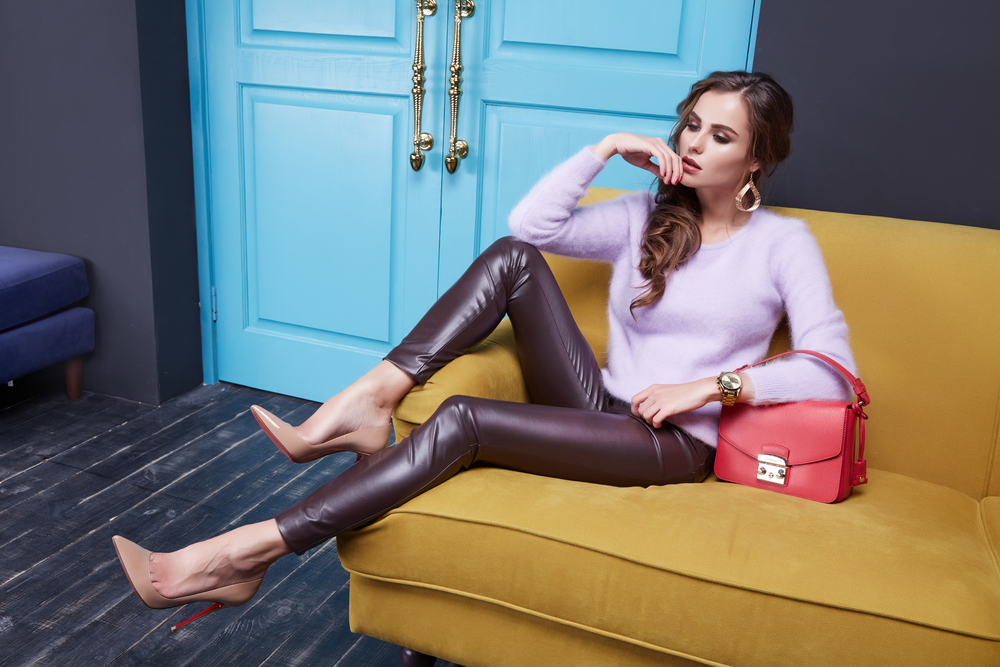
The Art of Modeling: Unlocking the Secrets to Success and Self-Expression in Photoshoots

Modeling is often misunderstood as merely striking a pose in front of a camera. However, it is an art form that requires skill, dedication, and self-expression. Models play an integral role in creating captivating images that evoke emotions and tell stories. In this article, we will delve into the secrets of successful modelling and how it allows individuals to unlock their true potential and express themselves through photoshoots.
The Power of Body Language in Modeling
One of the keys to successful modeling lies in understanding the power of body language. Our bodies have the capacity to communicate emotions and convey messages without uttering a single word. Models must master the art of using their bodies to tell a story, whether it be through a relaxed pose or an energetic movement. Understanding how different poses and gestures can convey different emotions is essential to capturing the essence of a photoshoot.
Building Confidence and Self-Esteem
Modeling is not only about the external appearance; it also plays a significant role in building confidence and self-esteem. The camera lens becomes a mirror for models, reflecting their self-perception and inner strength. The experience of being in front of a camera can help individuals appreciate their unique beauty and develop a deep sense of self-confidence. The process of modeling challenges individuals to embrace their flaws and showcase their strengths. This journey of self-discovery is what makes modeling a powerful platform for personal growth.
The Art of Storytelling
Models have the extraordinary ability to breathe life into a photograph, turning still images into captivating narratives. Every successful photoshoot tells a story, and the model plays a pivotal role in shaping that story. Through their expressions, body language, and interactions with the surroundings, models have the power to convey a range of emotions and concepts. They collaborate with photographers and art directors to create images that evoke specific feelings or ideas. Modeling is not just about looking good; it is about bringing a vision to life and leaving a lasting impression on the viewer.
The Importance of Versatility
A successful model is versatile and adaptable. Every photoshoot is a unique experience, requiring different skills and approaches. Models may be asked to embody a range of characters, explore various fashion styles, or even experiment with unconventional concepts. Versatility is the key to thriving in the modeling industry. A model must be willing to step out of their comfort zone and embrace new challenges. It is through this adaptability that they can express their true creativity and captivate audiences with their ability to transform.
The Professional Side of Modeling
Behind the glitz and glamour, modeling is a profession that demands dedication, discipline, and professionalism. Models must maintain their physical health and appearance to be successful in the industry. They need to cultivate a strong work ethic, be punctual, and maintain a positive attitude in all situations. Networking and building relationships with photographers, designers, and other industry professionals are crucial for career growth. Developing a professional reputation as a dependable and talented model opens the doors to exciting opportunities.
FAQs (Frequently Asked Questions)
Q1: How can I become a model?
A1: To become a model, you can start by building a portfolio, attending casting calls, and reaching out to modeling agencies. It's also important to work on developing your skills and network within the industry.
Q2: What are some essential posing tips for models?
A2: Practice different poses in front of a mirror to understand what works best for your body. Study poses from magazines or fashion campaigns. Experiment with angles and expressions to find your unique style.
Q3: How can modeling help boost self-confidence?
A3: Modeling allows individuals to embrace their unique beauty and celebrate their strengths. The experience of being in front of a camera and seeing stunning images can boost self-esteem and instill confidence.
Q4: Are there any age or height restrictions for modeling?
A4: The modeling industry has various categories, including commercial, fashion, and plus-size modeling. Each segment may have specific requirements, but there are opportunities for people of all ages and heights in the modeling world.
Q5: Can I pursue modeling as a part-time career?
A5: Yes, modeling can be pursued as a part-time career. Many models have other jobs or commitments alongside their modeling work. However, dedication and professionalism are still important to succeed in the industry.
In conclusion, modeling is an art that goes beyond striking a pose. It requires an understanding of body language, confidence, and self-expression. Models have the power to tell stories, evoke emotions, and leave a lasting impression on viewers. Through versatility, professionalism, and a commitment to personal growth, individuals can unlock the secrets to success in the world of modeling. So, embrace the art, unleash your creativity, and let your modeling journey begin!
Other useful resources
- https://en.wikipedia.org/wiki/Category:Models_by_modeling_agency
- https://en.wikipedia.org/wiki/Category:Modeling_agencies